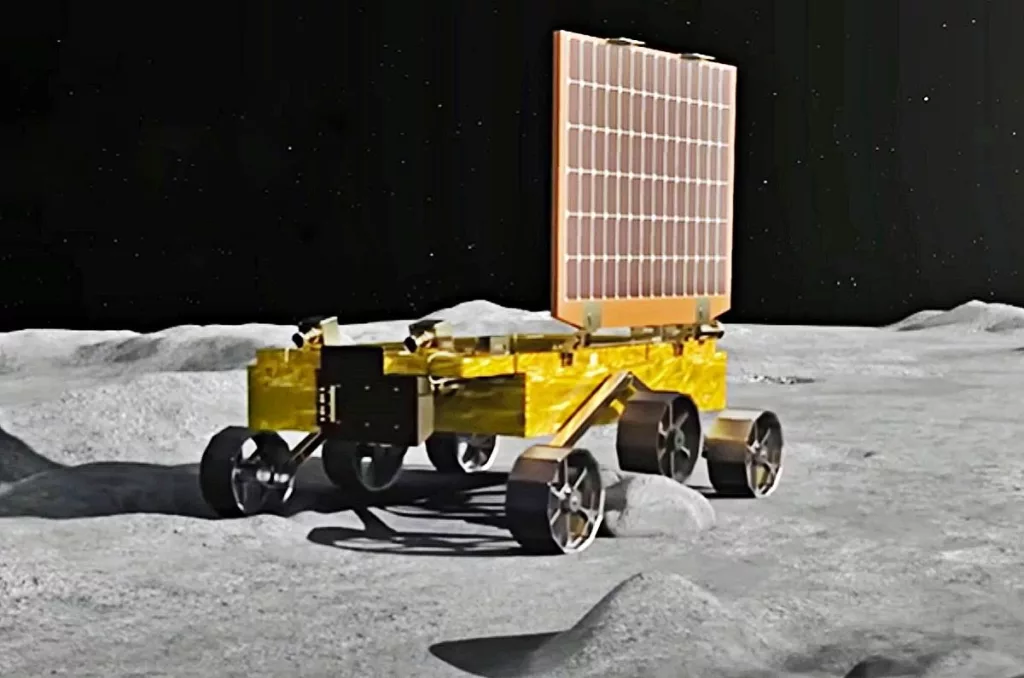Chandrayaan-3 Rover in sleep mode, if not getting sunlight will stay there forever as India’s Ambassador : ISRO

Hours after the announcement of its successful mission, the Indian Space Research Organization (ISRO) took a significant step late on Saturday night by placing its Rover, which had been deployed by the Lander onboard the Chandrayaan-3 mission, into sleep mode. This strategic move is designed to conserve energy until it can be reactivated with the first rays of sunlight on September 22.
In an official update, ISRO reported, “Chandrayaan-3 Mission: The Rover has completed its assignments.” The agency confirmed that the Rover is now securely parked and has been set into Sleep mode. Both the APXS (Alpha Particle X-ray Spectrometer) and LIBS (Laser-Induced Breakdown Spectroscopy) payloads have been powered off, with data from these instruments being transmitted to Earth via the Lander. ISRO also confirmed that the Rover’s battery is fully charged and its solar panel is optimally oriented to receive sunlight when the next sunrise occurs on September 22, 2023.
ISRO expressed its optimism for a successful reawakening, stating, “The receiver is kept on. Hoping for a successful awakening for another set of assignments! Else, it will forever stay there as India’s lunar ambassador.”
Prior to this development, ISRO Chairman Somanath had shared positive news about the mission, saying, “The lander and rover are functioning. Our team, using the scientific instruments, are doing a lot of work. The good news is that the rover has moved 100 meters from the lander.” He also explained that ISRO intended to initiate the process of putting the rover into sleep mode in the coming days to ensure its survival during the lunar night, which lasts for 14 Earth days.
The lander and rover were designed with a mission life of one lunar day, equivalent to 14 Earth days, during which they would carry out various experiments on the lunar surface. Since their successful landing on the Moon on August 23, these robotic explorers have conducted numerous in-situ measurements and captured images to advance lunar research.
Somanath emphasized the critical nature of conserving energy during the lunar night, where temperatures can plummet to below minus 200 degrees Celsius. He noted, “The temperature there goes down to -200 minus degrees. In such an environment, there is no guarantee that the battery and electronics will survive, but we did some tests and we get the feeling that they will survive even in such harsh conditions.”
ISRO’s decision to put the Rover to sleep during the lunar night underscores the meticulous planning and execution of their mission to explore and study the Moon’s surface. As the Rover awaits the warmth of the next lunar sunrise, scientists and space enthusiasts around the world eagerly anticipate the next phase of this lunar odyssey.








